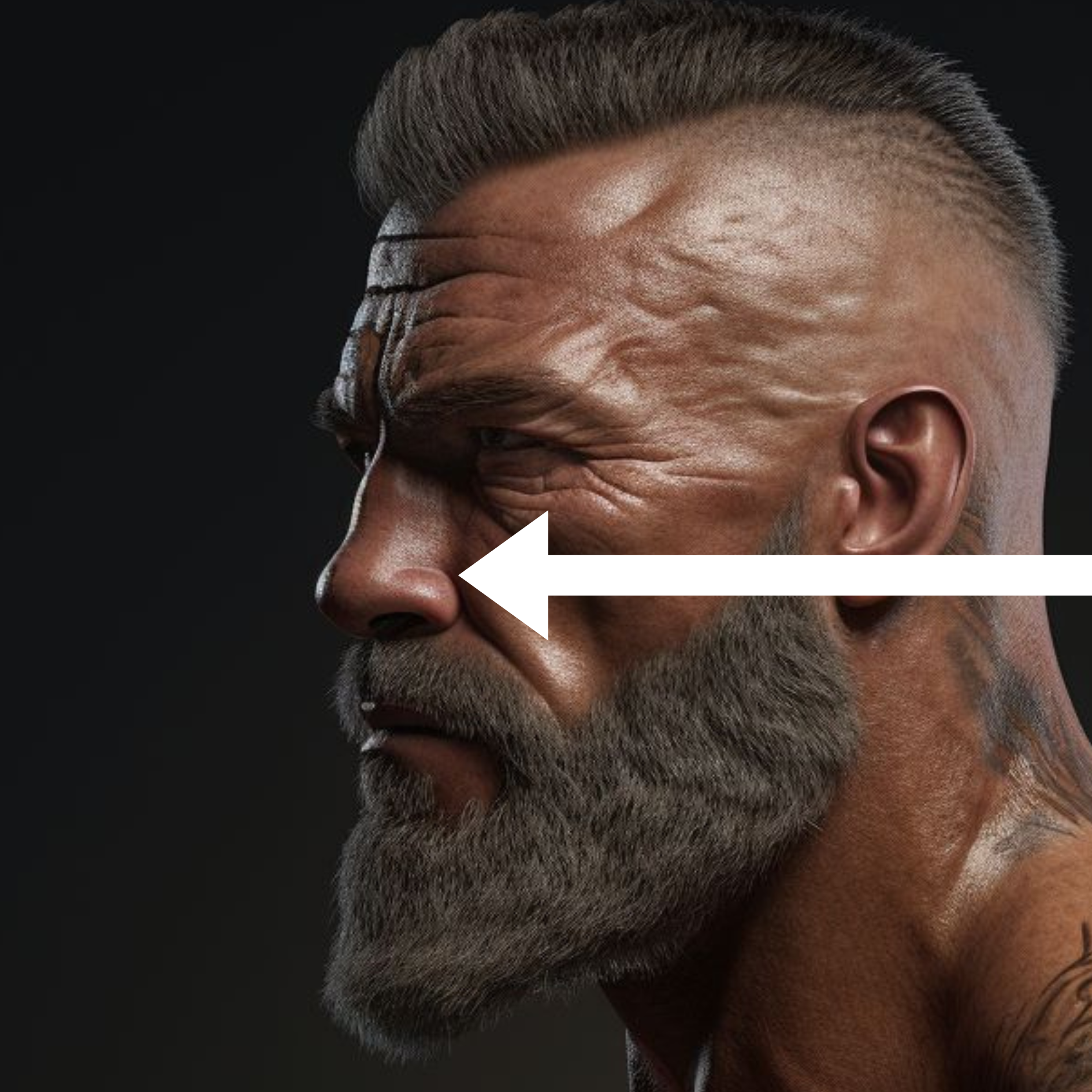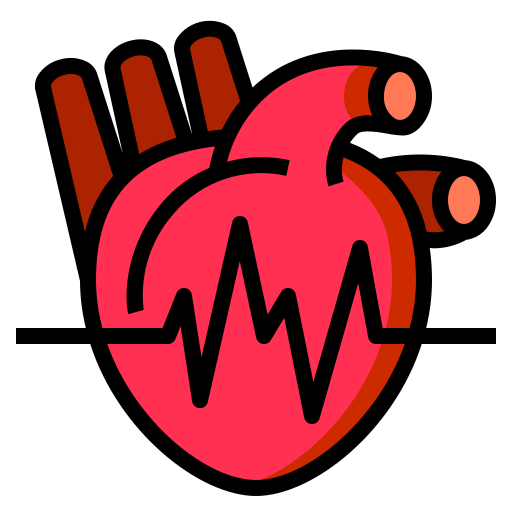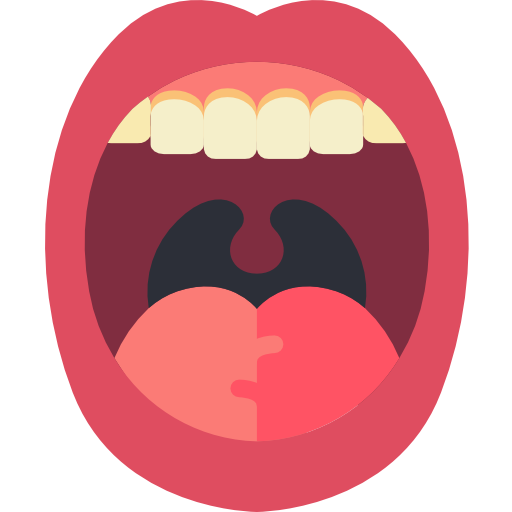HOW DO NASAL STRIPS WORK?
The nasal strips consist of pliable bands resembling springs, designed to sit just above the nostrils' flares.
With a medical sub-sensitive adhesive underside, once affixed to the nose, they remain in place securely. As these bands straighten to their initial form, they lift the nasal sides, thereby widening the nostrils slightly.
This lifting aids in nasal opening, facilitating easier breathing and less resistance to airflow. This offers immediate alleviation for nasal congestion arising from colds, allergies, or a deviated septum, the nasal strips also mitigate snoring induced by nighttime nasal blockage and improving airflow during exercise.
Mastery operates on a simple premise. Does it work for you?
If it does, great, if it doesn't, no problem.
We do not expect or claim our nasal strips will work for everyone.
Fortunately, based on our anecdotal observations we observed at least 70% of people who tried our nasal strips found at least a ~30% improvement in their ability to breathe easier.
If someone had a product that could create a ~30% improvement in their ability to breathe with a simple $1 daily investment, we'd be all over it. So we are.
But we don't want to just give you an anecdote. Below is a summary of a variety of clinical research on the profound benefits nasal strips can provide, plus some great testimonials by world renowned fitness professionals.

WHERE TO PUT THE NASAL STRIPS
Many people place nasal strips on the wrong part of their nose and wonder why they don't work.
Place our nasal strip in the middle of the alar crease.
If you find placing them somewhere else allows better results, please continue, otherwise placing them lower on the nose on the alar crease allows the best results for most people.

James Smith PT Loves Nasal Strips But Thinks Mouth Tape Is Quite Gimpish
SIMPLY: HOW DO NASAL STRIPS WORK
Our nasal strips function as simple yet effective tools for improving airflow/oxygen uptake through your nose.
Adhered externally across the lower bridge of the nose (alar crease), they work by gently pulling the nostrils apart, thus opening up the nasal passages.
The strips contain a flexible band that when straightened, lifts the sides of the nose and widens the nasal valve, allowing for easier breathing.
CLINICAL RESEARCH
Like most fields, the clinical research on nasal strips is mixed. Some research shows benefits, others show little benefit. We have no incentive to tell you this. This does not help us sell more products and we could have easily omitted this fact. But we believe in transparency and you should know that for a small portion of people, you may not notice a difference.
But instead of dismissing something you haven't tried. We encourage you to try it out for yourself and make up your own mind. It will be clear within the first days of using Mastery nasal strips whether you notice a difference. Irrespective of the science, our main focus is exactly that.
HELP YOU BREATHE AND PERFORM BETTER.
Physiologic Effects of an External Nasal Dilator (2009)
We were able to show that submaximal exercise economy is improved by the use of an external nasal dilator. Not only was oxygen uptake decreased during submaximal workloads, but ventilation, heart rate, and ratings of perceived exertion were also reduced.
Significant increases in nasal valve area were found in all demographic groups with use of a commercially available external nasal dilator.
This increase in nasal valve area appears to translate into physiologic advantages during submaximal exercise levels, as represented by decreased V02, heart rate, and ventilation.
We cannot comment on whether increasing nasal valve area offers advantage with raising maximal exercise abilities, but it does appear to increase exercise economy, and may improve exercise endurance.
Effects of nasal dilator strips on subjective measures of sleep in subjects with chronic nocturnal nasal congestion: a randomized, placebo-controlled trial (2018)
The nasal strips showed significant (P < 0.05) improvement versus placebo on Pittsburgh Insomnia Rating Scale satisfaction with sleep at day.
On the Nocturnal Rhinoconjunctivitis Quality of Life Questionnaire, the nasal strip were more effective than placebo in improving symptoms on waking at day 7 (LS mean changes: - 7.9, - 7.2, and - 4.1, respectively); the BRNS clear was significantly more effective than placebo in improving sleep problems at day 7 (- 7.4 vs - 4.2).
The nasal strip significantly improved some subjective measures of nasal congestion and sleep compared with placebo in subjects with nasal congestion and sleep difficulties.
Decrease of resistance to air flow with nasal strips as measured with the airflow perturbation device (2004)
The nasal dilator strips lowered nasal resistance by an average of 0.5 cm H20/Lps from an average nasal resistance of 5.5 cm H20/Lps.
Nasal strips reduce nasal resistance when measured with the airflow perturbation device. The effect is equal during exhalation and during inhalation

"There are a host of reasons you may want to promote nasal breathing, over mouth breathing.
But for now I’ll start with what I think I understand, and I can apply: it promotes proper diaphragmatic breathing, improves your ability to properly brace and stabilize your torso (your diaphragm is part of your “core”), helps you not be a gasping, shoulder girdle-rising, mouth breather, helps me recover quicker between sets and get better output from my workouts (potentially with better parasympathetic response when not working).
And anecdotally, I’m not sure what’s more amazing, how noticeably my breathing improves instantly after I put it on, or how aware I am of how shitty my breathing was once I take it off. My intent initially was to use this just this time of the year when my allergies are horrid, but now I have a hard time seeing myself not train with it."
"There are a host of reasons you may want to promote nasal breathing, over mouth breathing.
But for now I’ll start with what I think I understand, and I can apply: it promotes proper diaphragmatic breathing, improves your ability to properly brace and stabilize your torso (your diaphragm is part of your “core”), helps you not be a gasping, shoulder girdle-rising, mouth breather, helps me recover quicker between sets and get better output from my workouts (potentially with better parasympathetic response when not working).
And anecdotally, I’m not sure what’s more amazing, how noticeably my breathing improves instantly after I put it on, or how aware I am of how shitty my breathing was once I take it off. My intent initially was to use this just this time of the year when my allergies are horrid, but now I have a hard time seeing myself not train with it."

Contact Us
Do you have any questions? Want to leave us feedback?
Fill out this form and we will get back to you as soon as possible!




